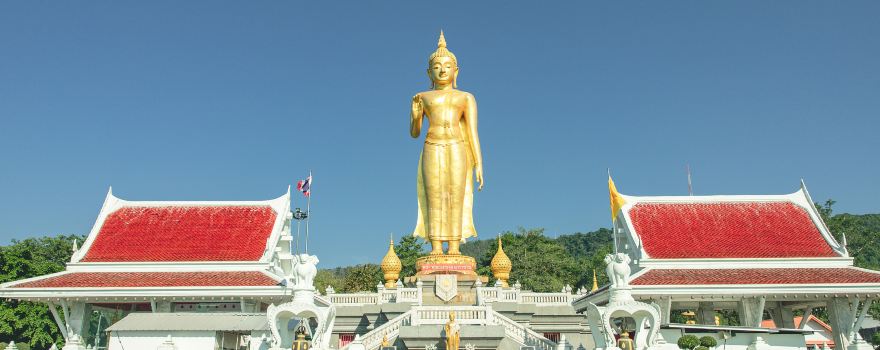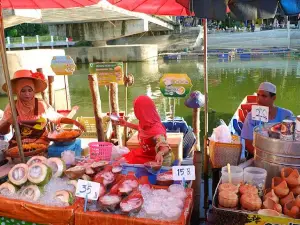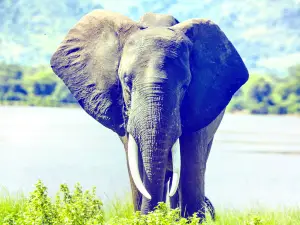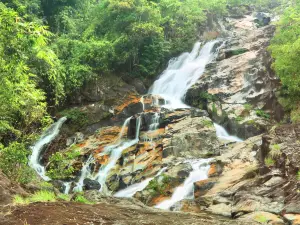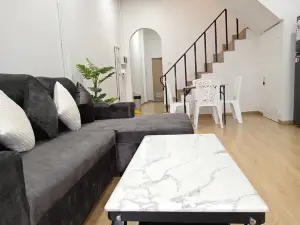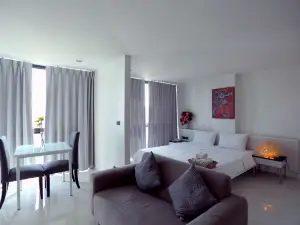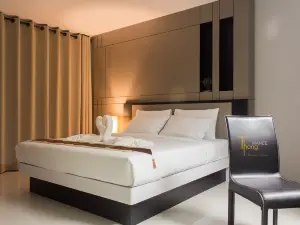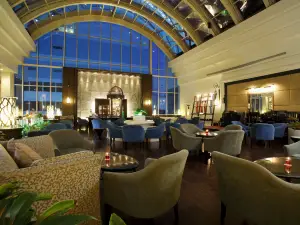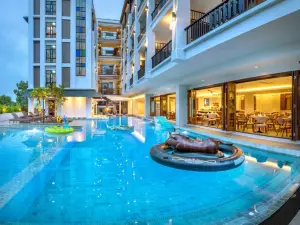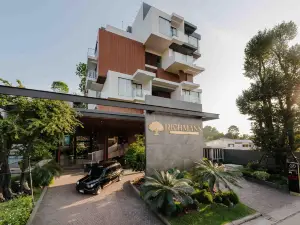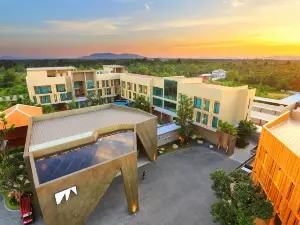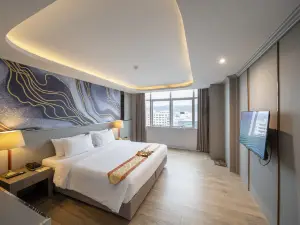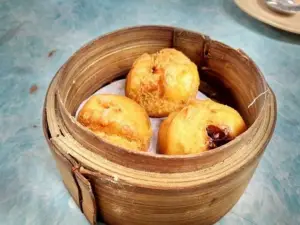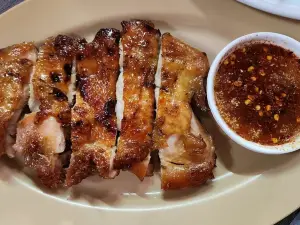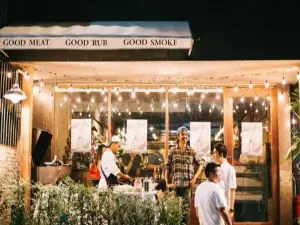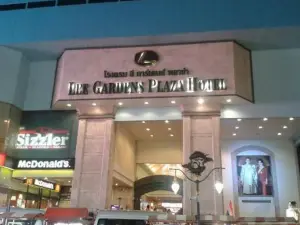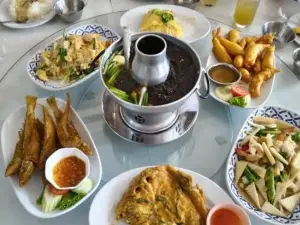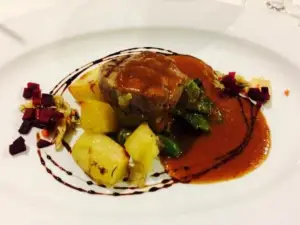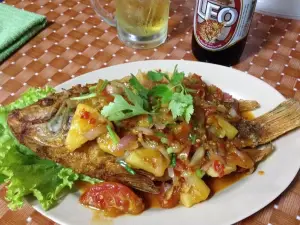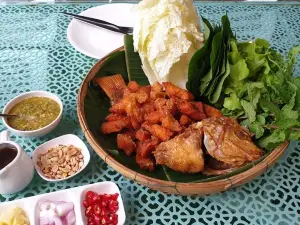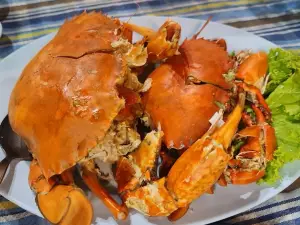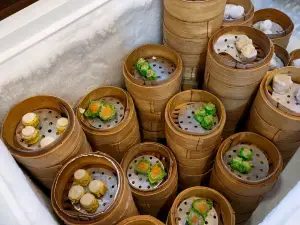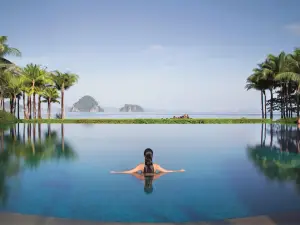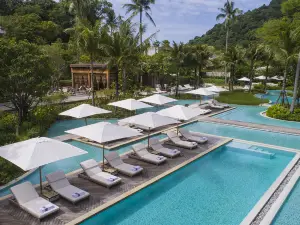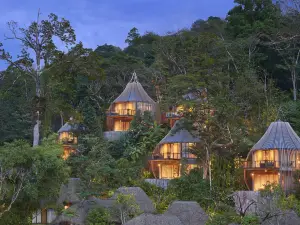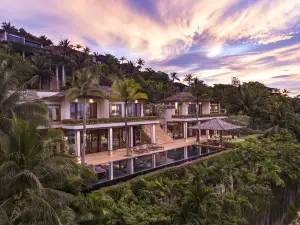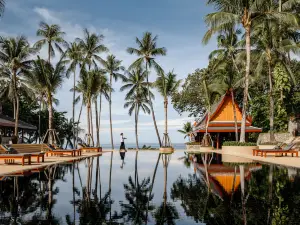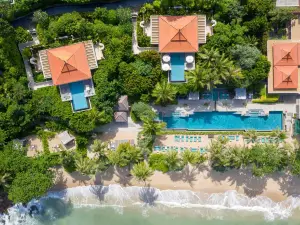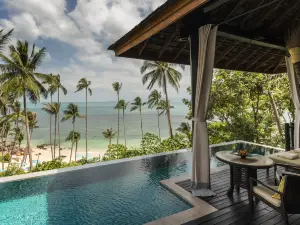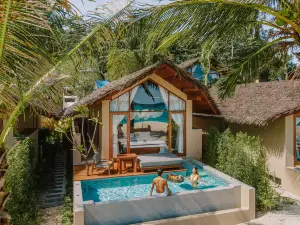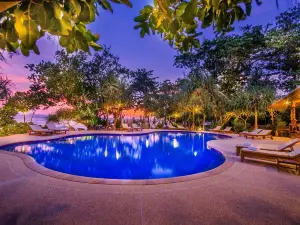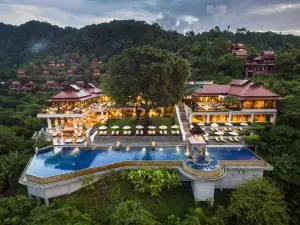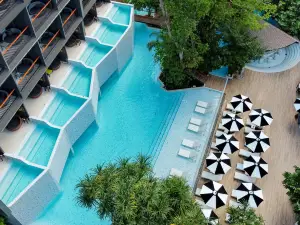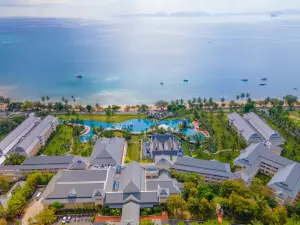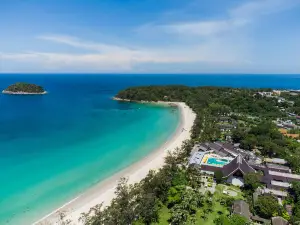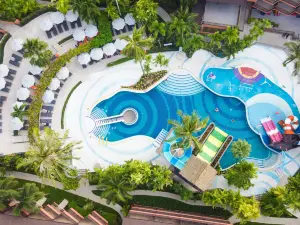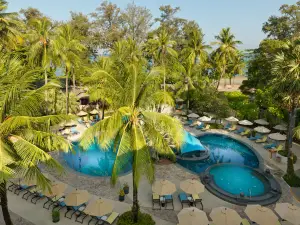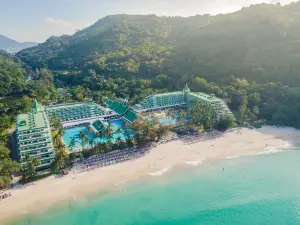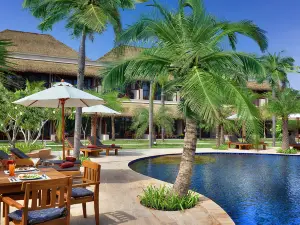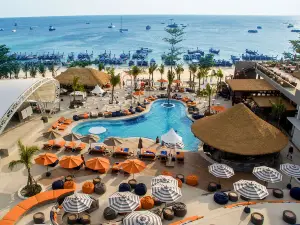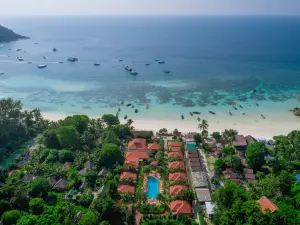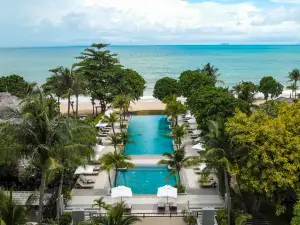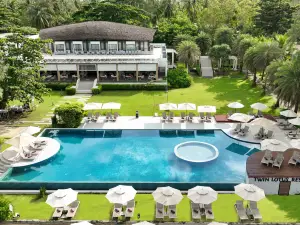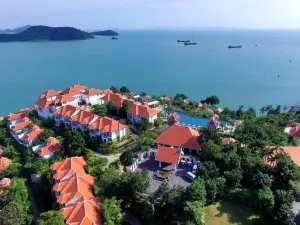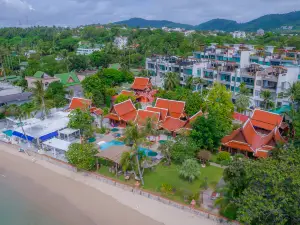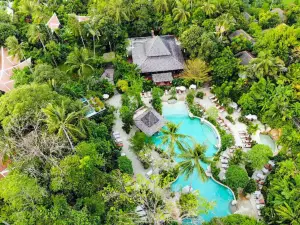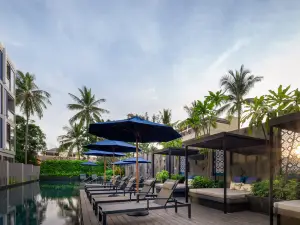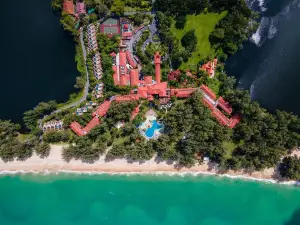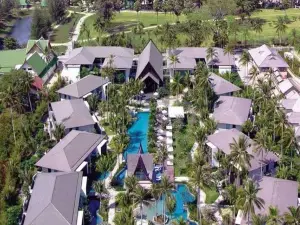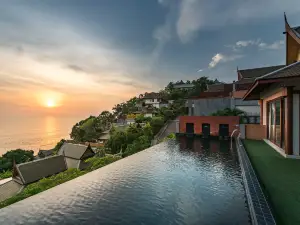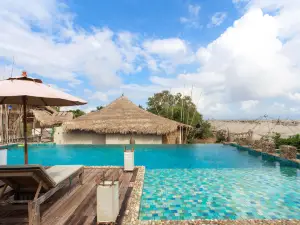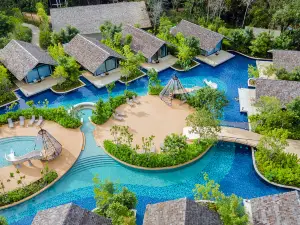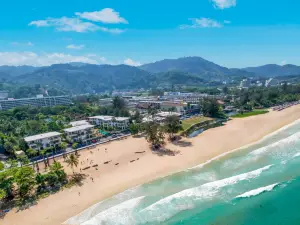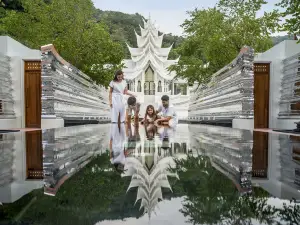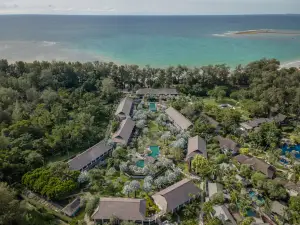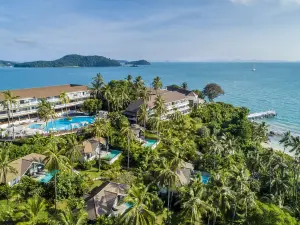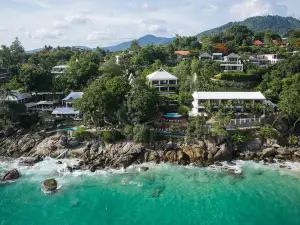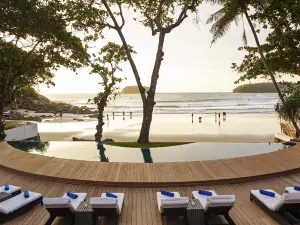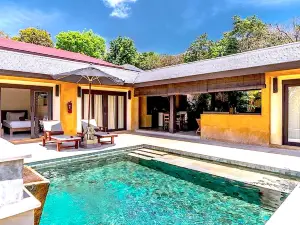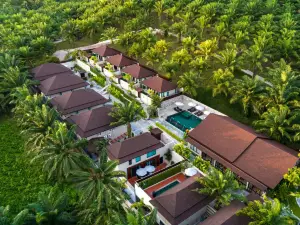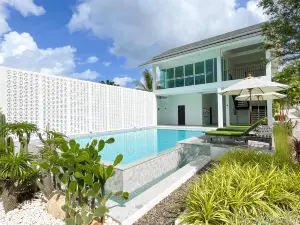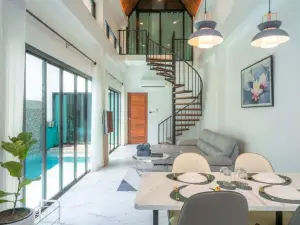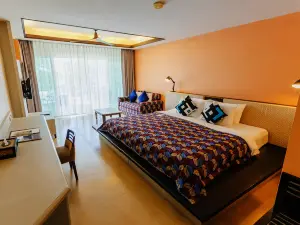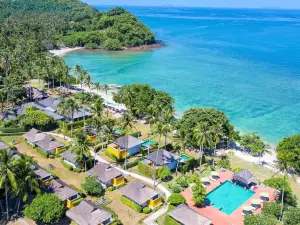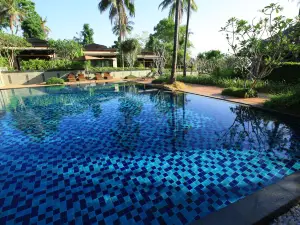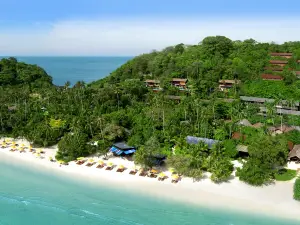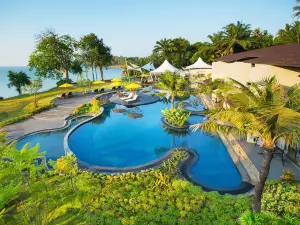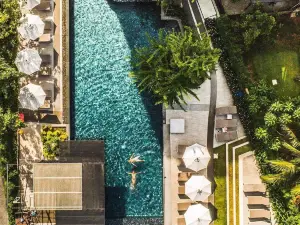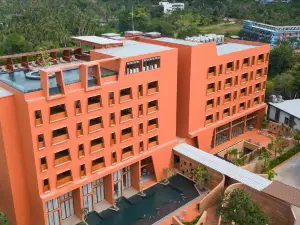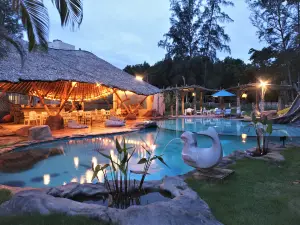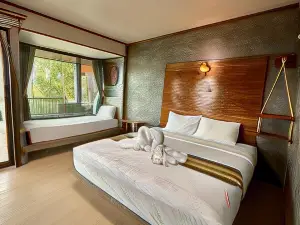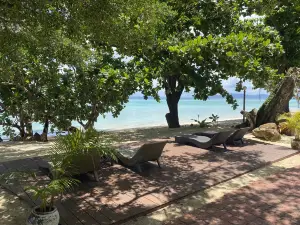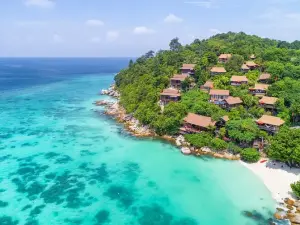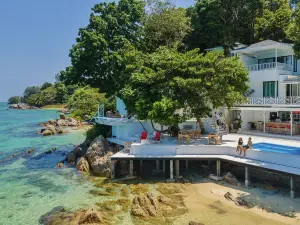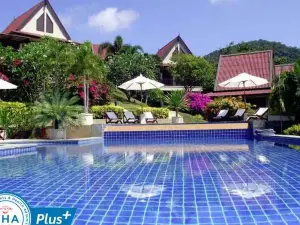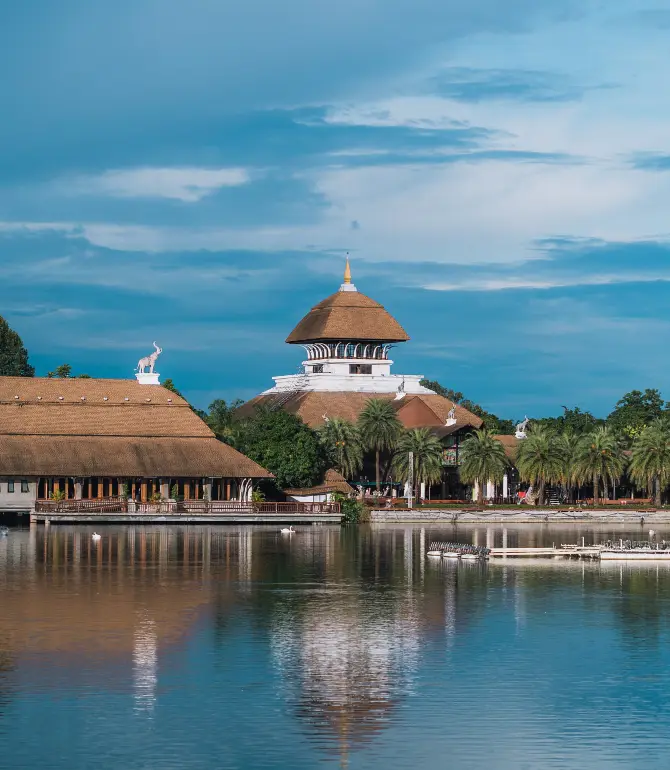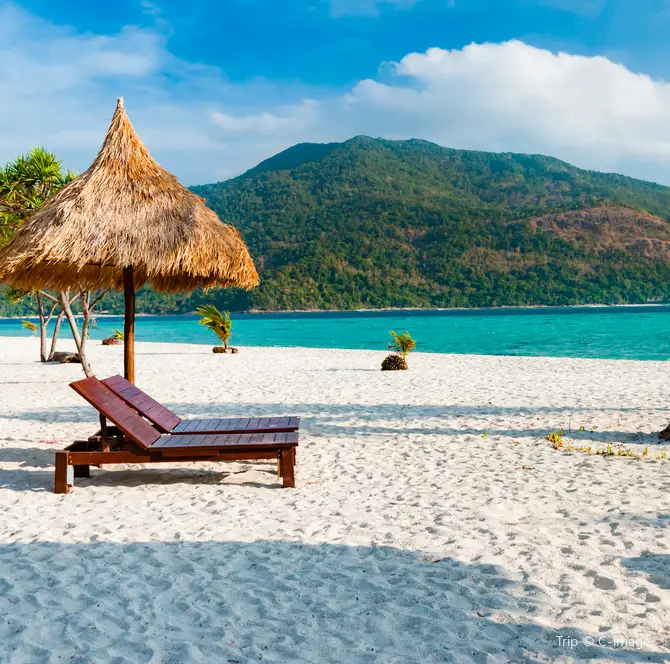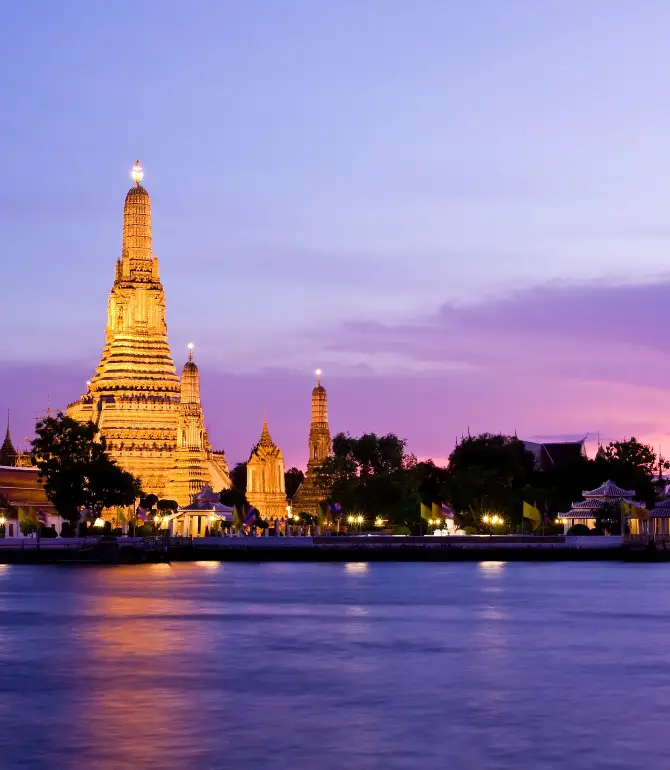Things to Do in Hat Yai in 2025 - Top Attractions, Local Food, Hotels & Travel Tips (Updated April 2025) | Trip.com
About Hat Yai
Recommended trip: 1–3 day(s)
Recommended trip: 1–3 day(s)Current Weather Conditions
Hat Yai Local Experiences Map
Hat Yai Local Travel Guide 2025
Hat Yai Brief Guide
Hat Yai, the largest city in southern Thailand, sits enticingly close to the Malaysian border, offering a rich blend of cultures. Known for its shopping allure, the city invites you to explore lively markets filled with unique finds, fresh fruits, and delicious local flavors. But Hat Yai is more than just a shopper's delight. Picture yourself unwinding in the bustling Khlong Hae Floating Market or discovering the refreshing charm of Ton Nga Chang Waterfall. For those seeking a touch of serenity, the city's array of Buddhist temples, Chinese shrines, and Islamic mosques offer peaceful retreats. Hat Yai is an exciting journey waiting to be experienced.
Hat Yai Must-try Local Experiences
1. Discover Hat Yai's Scenic Spots Hat Yai boasts several stunning viewpoints, like the Khao Kho Hong viewpoint in Hat Yai Park. This isn't just any park; it features landmarks such as the city's Buddha statue, an observatory, and Thailand's first cable car. Don't miss the viewpoint behind the Hat Yai Observatory, where you can catch a mesmerizing sea of mist over the hills on a post-rain morning. 2. Experience Riverside Charm Khlong Hae Floating Market, the first cultural floating market in southern Thailand, blends boat-based commerce with a traditional land market. It offers a delightful mix of local southern goods and foods. Stroll along the canal to enjoy the scenic views and get a glimpse of the locals' traditional lifestyle. 3. Explore Nature's Wonders Head to Ton Nga Chang Wildlife Sanctuary for an adventure amidst a seven-tiered waterfall that flows year-round. Wander the nature trails to discover diverse plants and animals, and if luck is on your side, you might encounter some of the region's rare wildlife. 4. Visit Sacred Sites Explore Hat Yai's historic temples, such as Wat Hat Yai Nai, which is home to a 35-meter-long reclining Buddha, one of the largest in the world. During the Songkran festival, visitors can participate in gilding a giant heart replica of the reclining Buddha. Another standout temple is Wat Phra Maha Chedi Tripob Trimongkol, featuring the world's first stainless steel pagoda. Visit the Central Mosque of Songkhla, Thailand's "Taj Mahal," where marble floors and exquisite Islamic architecture shine. At night, its illuminated beauty dazzles against the night sky. 5. Celebrate the Vegetarian Festival Every October, Hat Yai's Vegetarian Festival transforms streets into bustling pedestrian zones with hundreds of vegetarian food stalls. The festival includes cooking demos, deity parades, lion and dragon dances, and spectacular performances. 6. Shop at Historic Markets Kim Yong Market and Santisuk Market are Hat Yai's iconic shopping spots, perfect for picking up souvenirs and gifts. They offer a variety of affordable imported goods from Malaysia and Indonesia. Kim Yong Market is particularly unique, with its offerings changing throughout the day—from fresh produce in the morning to dried fruits, clothing, and snacks later on.
Hat Yai Must-see Attractions
Hat Yai is a city filled with charm, ready for you to explore. Shop at Kim Yong Market, where a wide variety of goods awaits. Take in the stunning views from Khao Kho Hong, and absorb the unique culture influenced by Thai, Chinese, and Muslim roots. Every corner of Hat Yai offers stories and unforgettable impressions you shouldn't miss.
Hat Yai Food Guide
Hat Yai's food scene is a mouthwatering blend of Chinese and Muslim flavors, offering dishes that are sure to bless your taste buds.
Hat Yai Transportation
Hat Yai International Airport (HDY) offers several ways to get into the city: 1. Minibus for 60 baht per route 2. Songthaew (shared pick-up truck) parked in front of the airport for about 30 baht 3. Airport shuttle van for 100 baht 4. Rental cars and other passenger vehicles By Bus: Hat Yai Bus Terminal has two locations, providing express bus services that connect Hat Yai with other provinces in Thailand or even cross the border to Malaysia. You can reach the terminals by minibus, songthaew, or hire a car or motorbike taxi. By Train: Hat Yai Railway Station is part of Thailand's southern rail line. Travelers arriving by train can easily get to the city center using songthaews or by hiring a car or motorbike taxi.
Hat Yai Where to Stay
Hat Yai is a vibrant city in southern Thailand, offering a variety of accommodation options across different areas.
Hat Yai Best Time To Visit
While Hat Yai is a year-round destination, the best time to visit for those wanting to avoid rain is between January and April, when rainfall is minimal. It's wise to steer clear of the monsoon season from late October to December, as heavy rains and sudden flooding can occur.
Hat Yai Travel Tips
1. Tips for Visiting Ton Nga Chang Waterfall: Ton Nga Chang Waterfall is located within a wildlife sanctuary. To ensure the safety of both animals and yourself, avoid feeding the wildlife. Wear appropriate footwear for hiking and stick to designated paths. Some areas of the waterfall are steep and rocky, so watch out for slippery surfaces. 2. Preparing for Monsoon Season: Hat Yai's rain runs from May to December. It's wise to carry a raincoat or umbrella, wear waterproof shoes, and choose quick-drying clothes. Mosquito repellent and a waterproof backpack are also handy items to have. 3. Road Safety Tips: Remember that Thailand drives on the left side of the road with the steering wheel on the right. If you rent a motorbike, always wear a helmet and drive cautiously. Ensure you have an international driving license and comprehensive insurance. Avoid speeding, stay out of blind spots, and be mindful of other road users. 4. Respect Local Religions: In addition to Buddhism, Hat Yai has a significant Muslim population. Show respect and avoid actions that might be considered disrespectful. 5. Religious Sites Etiquette: Remove shoes before entering any temple or mosque. Dress modestly (cover shoulders, knees, and avoid tight clothing). At The Central Mosque of Songkhla, women are encouraged to cover their hair (scarves are provided if needed). Avoid visiting during the 5 daily prayer times, especially Friday noon prayers. Never walk in front of worshippers or take photos without permission. In Buddhist temples, women should not touch monks.
Hat Yai Useful Guide
Most Hat Yai locals speak and understand Central Thai, but they often communicate using the Southern dialect, which features its own rhythm, accent, and unique vocabulary. English is commonly used in tourist areas, making communication easier. Having a translation app on your phone is a handy tip for making those local connections even smoother.
Trip.Best: Hat Yai
Things to do in Hat Yai
What to Do
Khlong Hae Floating Market
Greenway Night Market
Chang Puak Elephant Camp Hat Yai
Where to Stay
What to Eat
Hat Yai Moments: Through Travelers' Eyes

Must-Eats in Hatyai You’ll Regret Missing!!!

Hatyai | A must go temple (didnt lie!)

🌟 Thailand’s Most Underrated Hidden Gem – Hat Yai in Southern Thailand! 🇹🇭

An unforgettable trip to Hatyai!

Short get away in Hat Yai yet Memorable!

Aesthetic 7 eleven in Hatyai

POOL ACCESS ROOM IN HATYAI THAILAND

The hotel is the first choice for a vacation in Hat Yai | Experience a different life
Best of Hat Yai
Site Operator: Trip.com Travel Singapore Pte. Ltd.
